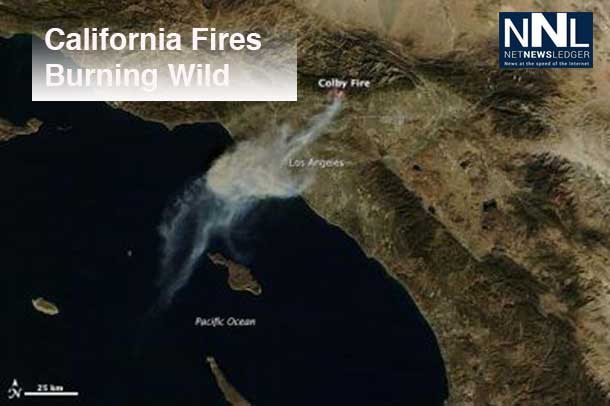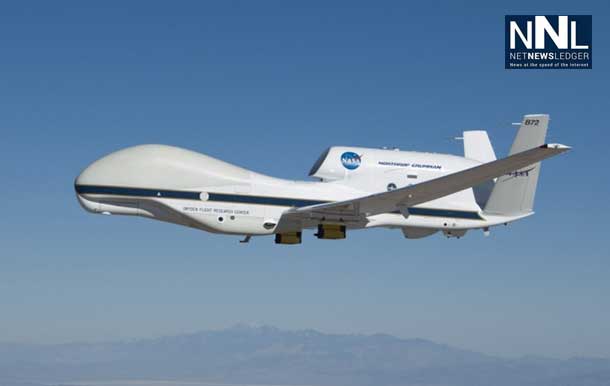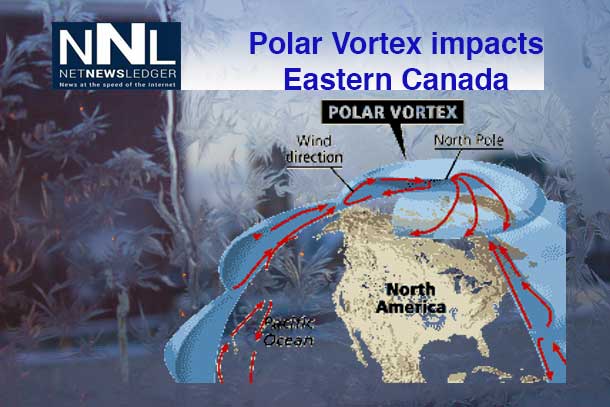
THUNDER BAY – Wild weather conditions across the globe range from spring like conditions on the Canadian prairies, to wild fires in California, to the return of the polar vortex to eastern Canada. Globally, extreme heat in Australia and South America are causing concerns. Tennis players at the Australian Open are basking in temperatures that have caused some players to collapse.
In China, the pollution has become so thick that smog is preventing people from seeing the sun rising in the morning. Rather than tackle the source of the problem, the solution has been putting up large LED screens to allow people to watch a virtual sunrise.

Weather impacts every aspect of life on Earth for all humans and all animals.
Hot Weather Baking Australia
Average temperatures were 1.20°C above the long-term average of 21.8°C, breaking the previous record set in 2005 by 0.17°C.
All states and territories recorded above average temperatures in 2013, with Western Australia, Northern Territory and South Australia breaking their previous annual average temperature records.
The year started with a persistent heatwave in January, with Australia recording its hottest day (7 January), hottest week, and hottest month on record. A new record was set for the number of consecutive days the national average temperature exceeded 39°C – seven days between 2 and 8 January 2013, almost doubling the previous record of four consecutive days in 1973.
Other significant Australian climate events of 2013 include:
- Ex-tropical cyclone Oswald caused heavy rain and flooding along the east coast in late January, with many coastal areas from Sydney to Cape York receiving more than 200mm of rainfall in 24 hours, and Upper Springbrook in the Gold Coast hinterland receiving 1496mm in eight days.
- The highest temperature recorded during 2013 was 49.6°C at Moomba in South Australia (12 January), the highest temperature in Australia since 1998.
- The January heatwave saw a number of severe bushfires in south eastern Tasmania and in Victoria, where bushfires were particularly widespread.
- Tropical cyclone Rusty was the most intense tropical cyclone to make landfall in 2013, causing flooding in the Pilbara and Western Kimberley in late February. An early start to the fire season saw major bushfires in the Blue Mountains during October, the most destructive in the region since 1968.
- Tropical cyclone Alessia crossed the coast near Darwin in late November, the earliest tropical cyclone to make landfall in the Northern Territory in 40 years.
Nationally, Australian temperatures have warmed approximately 1°C since 1950, consistent with global climate trends. Globally, each of the past 13 years (2001 to 2013) have ranked among the 14th warmest on record.
California Wild Fire Danger

NASA reports, “A wildfire started and spread quickly in the foothills northeast of Los Angeles on January 16, 2014. The plume of ash and smoke blanketed much of the metropolitan area and prompted air quality warnings.
“The Moderate Resolution Imaging Spectroradiometer (MODIS) on NASA’s Terra and Aqua satellites captured these images of the Colby fire just before (top) and just after noon on January 16. The morning image is clearer because the scene was centered under the satellite, while the afternoon image is fuzzy because the satellite was observing from an angle”.
According to InciWeb, the fire started around 6 a.m. Pacific Time on January 16 in Angeles National Forest near Glendora, California. As of 3 p.m. local time, nearly 500 firefighters were working the fire, which had destroyed 1,700 acres and at least two homes. Fire officials were concerned about gusty winds and extremely low humidity that could promote fire growth.
NASA Studies Climate
Studying the impact weather has on life on Earth has been a focus of governments around the world. NASA is studying the stratosphere to seek clues on climate change.
NASA’s uncrewed Global Hawk research aircraft is in the western Pacific region on a mission to track changes in the upper atmosphere and help researchers understand how these changes affect Earth’s climate. Deployed from NASA’s Dryden Flight Research Center in Edwards, Calif., the Global Hawk landed at Andersen Air Force Base in Guam Thursday at approximately 5 p.m. EST and will begin science flights Tuesday, Jan. 21. Its mission, the Airborne Tropical Tropopause Experiment (ATTREX), is a multi-year NASA airborne science campaign.
ATTREX will measure the moisture levels and chemical composition of upper regions of the lowest layer of Earth’s atmosphere, a region where even small changes can significantly impact climate. Scientists will use the data to better understand physical processes occurring in this part of the atmosphere and help make more accurate climate predictions.
“We conducted flights in 2013 that studied how the atmosphere works and how humans are affecting it,” said Eric Jensen, ATTREX principal investigator at NASA’s Ames Research Center in Moffett Field, Calif. “This year, we plan to sample the western Pacific region which is critical for establishing the humidity of the air entering the stratosphere.”
Polar Vortex

Change in the climate and changing weather are two issues that some still debate.
Put four hot summer days together, and supporters of climate change are all over the media. Then put a few days of extreme cold together in the weather forecast and opponents of climate change are suggesting the entire issue is a great conspiracy.
The reality is that climate on earth is always changing, If it were not in a warming cycle, much of North America and Northern Europe would be under kilometres of ice. That climate is changing is something no one can debate.
The causes and the solutions are the real issue.
James Murray







